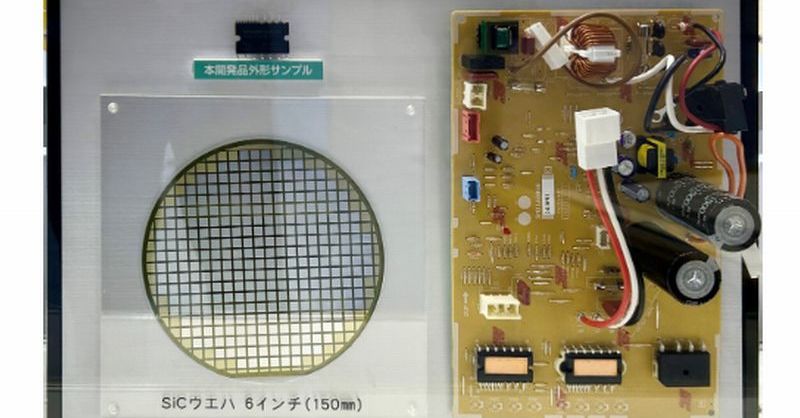SiC and Si Chip IPM: Revolutionizing Air Conditioner Efficiency
Air conditioners are essential for comfort, especially during sweltering summers. However, they are also significant energy consumers. The quest for more efficient cooling solutions has led to exciting advancements in power electronics, with Silicon Carbide (SiC) and Silicon (Si) chip-based Intelligent Power Modules (IPMs) emerging as game-changers. This article delves into how these technologies are enhancing air conditioner efficiency, leading to significant energy savings and environmental benefits.
The Energy Efficiency Challenge in Air Conditioning
Traditional air conditioners rely on power electronics based on silicon IGBTs (Insulated Gate Bipolar Transistors). While functional, these components suffer from limitations in switching speed and efficiency, leading to energy loss and higher operational costs. This translates to a larger carbon footprint and increased strain on power grids, especially during peak demand periods.
The Need for Innovation:
- Reducing energy consumption: The primary goal is to minimize the electricity used to achieve the desired cooling effect.
- Improving reliability: More efficient components lead to fewer failures and a longer lifespan for the air conditioning unit.
- Lowering operating costs: Energy savings directly translate to lower electricity bills for consumers.
- Environmental impact: Reduced energy consumption means a smaller carbon footprint and a contribution to a greener future.
SiC and Si Chip IPMs: A Technological Leap Forward
Silicon Carbide (SiC) and Silicon (Si) chip-based Intelligent Power Modules (IPMs) offer a superior alternative to traditional silicon-based solutions. Their advantages include:
- Higher switching frequencies: SiC and Si IPMs can switch much faster than traditional IGBTs, minimizing switching losses and improving efficiency.
- Lower conduction losses: These components exhibit lower voltage drops during operation, further reducing energy waste.
- Compact design: The smaller size of SiC and Si chips allows for more compact and lightweight air conditioner designs.
- Improved thermal management: Efficient switching and lower losses contribute to better thermal management, enhancing the overall reliability of the system.
SiC vs. Si: Understanding the Differences
While both SiC and Si IPMs offer improvements over traditional technology, there are key differences:
- SiC (Silicon Carbide): Offers significantly higher switching speeds and higher temperature operation, leading to even greater efficiency and potentially smaller designs. However, SiC is currently more expensive.
- Si (Silicon): Provides a cost-effective upgrade over traditional IGBTs, offering a good balance between performance and price. This makes it a viable option for broader market adoption.
Real-World Impact: Energy Savings and Environmental Benefits
The integration of SiC and Si chip IPMs into air conditioners is already yielding significant results:
- Reduced energy consumption: Independent studies show energy savings of up to 30% compared to traditional units.
- Lower greenhouse gas emissions: These savings directly contribute to a reduction in carbon dioxide emissions, mitigating the environmental impact of air conditioning.
- Improved comfort: More efficient cooling allows for better temperature regulation and enhanced user comfort.
The Future of Air Conditioner Technology
The adoption of SiC and Si chip IPMs is expected to accelerate in the coming years, driven by increasing demand for energy-efficient cooling solutions and stricter environmental regulations. We can anticipate:
- Wider availability of energy-efficient AC units: More manufacturers are incorporating this technology into their product lines.
- Further advancements in IPM technology: Ongoing research and development will continue to improve the performance and reduce the cost of SiC and Si IPMs.
- Integration with smart home technologies: Improved efficiency can be further optimized through smart control and energy management systems.
Conclusion: A Cooler, Greener Future
SiC and Si chip IPMs are transforming the air conditioning industry, paving the way for a future with more energy-efficient, environmentally friendly, and comfortable cooling solutions. This technology represents a significant step forward in reducing our reliance on fossil fuels and mitigating the effects of climate change. Choosing air conditioners equipped with these advanced technologies is a smart investment in both your comfort and the planet's future.
